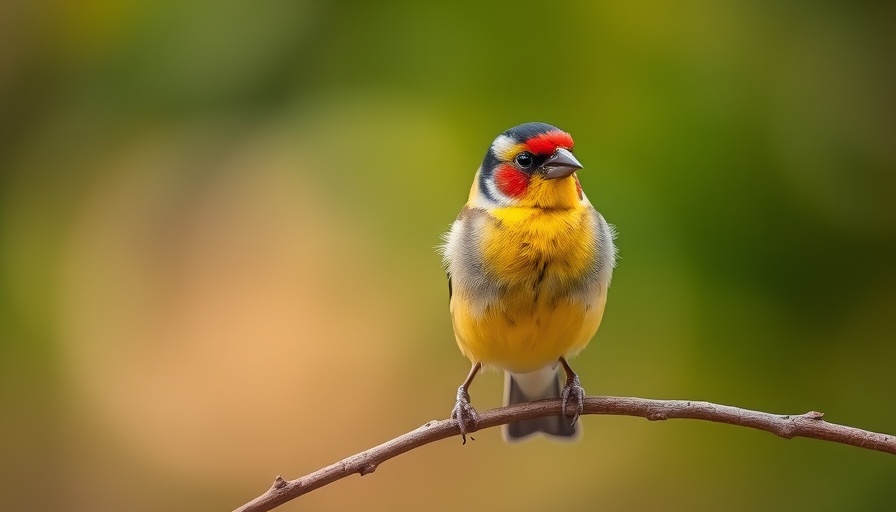
Exploring Vivaldi's Musical Inspiration
Did you know that the enchanting sounds of birds can inspire some of the greatest musical compositions? Italian composer Antonio Vivaldi, renowned for his vivacious melodies, found inspiration in the melodic song of a tiny bird—the European Goldfinch. In 1729, he honored this little songster by naming his flute concerto "Il Gardellino," or "The Goldfinch," after it.
The European Goldfinch: A Bird of Beauty and Sound
Measuring just a few inches, the European Goldfinch is not only captivating in its appearance—featuring a vibrant red and white face complemented by striking yellow and black wings—but also in its song. Found across various landscapes in Europe, this bird frequents gardens and roadsides, where its sweetly warbled phrases can be heard. Vivaldi expertly captures these very sounds in his concerto, challenging musicians to mirror the goldfinch's silvery trills and plaintive notes using the flute, an instrument ideally suited for evoking the essence of avian melodies.
Birdsong: The Universal Language of Nature
Birdsong goes beyond mere aesthetic beauty; it serves as a vital part of the ecosystem, facilitating communication between species and attracting mates. For budding ornithologists and music enthusiasts alike, understanding the connection between nature and music can deepen appreciation for both fields. The goldfinch’s song, celebrated by Vivaldi, illustrates how nature can merge with human creativity, producing a symbiotic relationship that enriches our cultural heritage.
Actionable Insights: Engaging with Nature's Symphony
So, how can you connect with this beautiful intersection of nature and music? Take a moment to listen to birds in your local environment. Not only does this cultivate mindfulness and appreciation for biodiversity, but it can also inspire your creativity. Try incorporating elements of nature's sounds into your own creative pursuits, whether it’s writing, photography, or music.
Vivaldi's "Il Gardellino" is more than just a musical piece; it’s a reminder of the rich tapestry of life that surrounds us and how deeply intertwined our experiences of beauty and inspiration can be. So next time you hear a bird sing, consider the complex layers of life that influence artistry and creativity.
 Add Row
Add Row  Add
Add 




Write A Comment